In Coffee cultivation, the major nutrients are nitrogen, phosphorus, and potassium. Calcium, magnesium, and sulfur as secondary nutrients, while iron, manganese, copper, zinc, molybdenum, boron, sodium, and chlorine as micronutrients. Let’s check out the best fertilizer for Coffee plants.
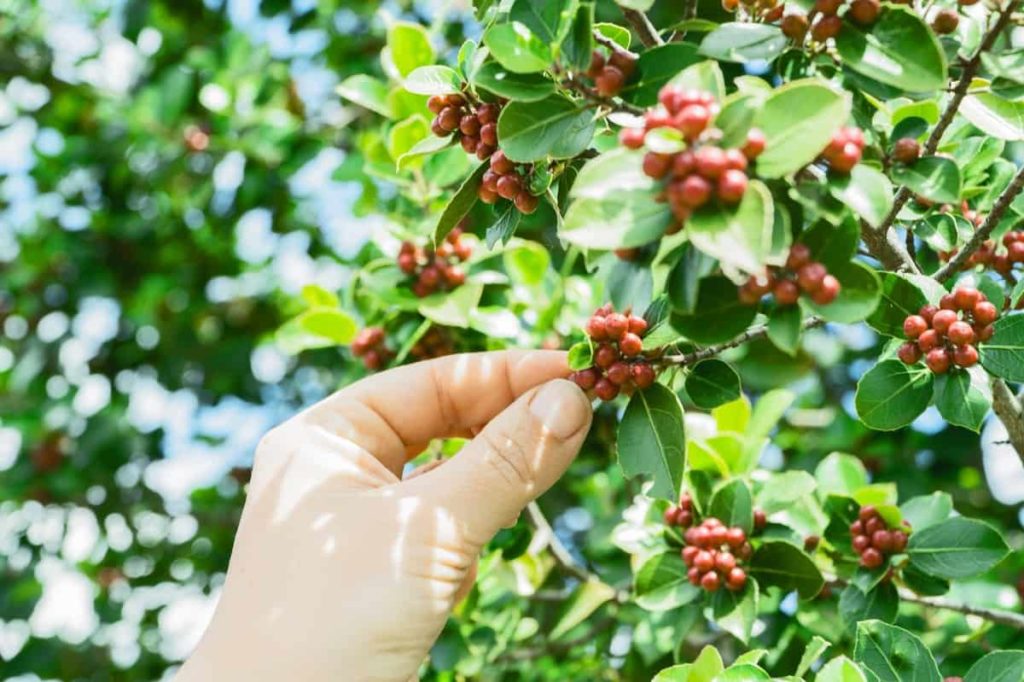
Balanced fertilizers are all the essential nutrients that are provided in adequate amounts to maintain the growth and production of the plant. It is important to maintain the maximum pH through lemongrass for nutrient management in Coffee. If proper pH is not maintained, plants will not use the applied fertilizers effectively.
Necessary fertilizers
For the best performance of the Coffee tree, sustainable management of soil fertility is essential. The program of fertilization depends on the inherent characteristics of the soil and the expected yield level. Soil testing should be done at least once in 2-3 years for use of lime and fertilizer. Coffee trees need a lot of potash, nitrogen, and a little phosphoric acid. Spread the fertilizer in a ring around each Coffee plant and be careful not to put anything on its stems, branches, or leaves.
Manure can also be added depending on the organic matter of the soil. Adequate nutrition should be provided to the crop for maximum yield. It contains both macro and micronutrients derived from the use of basal and foliar fertilizers. After pruning Coffee trees thoroughly, remove the weeds, then fertilize. The Coffee tree needs certain elements like nitrogen (N), phosphorus (P), potassium (K), etc. These elements are called macronutrients.
Nitrogen
Nitrogen is essential for strong plant growth and for maintaining good strong cherry blossoms for higher yields. The importance of nitrogen in Coffee production has been confirmed by extensive trials in large Coffee-producing areas. Nitrogen improves plant growth, increases crop tolerance, and increases the size of beans.
Phosphorus
Phosphorus is important for early growth and roots, especially in nurseries and grafting as well as for bean filling. Especially during high demand, phosphorus foliar applications can increase Coffee production. Phosphorus is used for root and bearing wood growth, early maturity, and bean density.
Potassium
Potassium promotes vigor, increases the Coffee tree`s tolerance to diseases, increases cell strength, and water or cold stress. It is an important driver for Coffee production, which is important for respiration, photosynthesis, and water regulation. It is also important to balance potassium intake with nitrogen intake, as high levels of both nutrients are required for maximum growth. It is helpful for berry growth and ripening, mucilage formation, and water use efficiency.
In case you miss this: Coffee Seed Germination, Conditions, Sowing Procedure
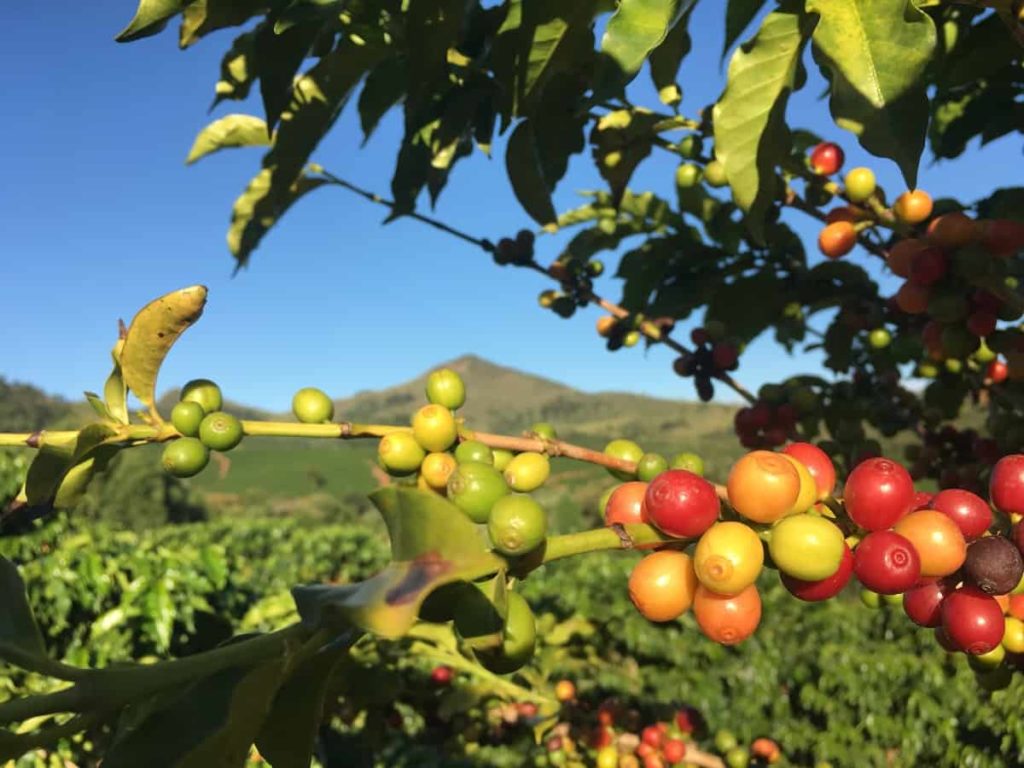
Calcium
Calcium is required to ensure the good growth of roots and leaves, to strengthen the structure of the Coffee tree, and to increase the productivity of the tree. This is required by berry-fill.
Magnesium and sulfur
Magnesium and Sulfur have a positive effect on Coffee production and their supply should not be limited to the whole season. Although sulfur is known as a secondary nutrient for plants, studies have shown that Coffee needs as much phosphorus and is considered an important nutrient along with N, P, and K. A soil survey on the status of sulfur in Coffee plantations have shown that the depletion of sulfur available in the soil is increasing rapidly.
For maximum Coffee production, sulfur is an essential nutrient and also essential for maintaining and improving quality. Clean Arabica Coffee requires about 15 to 20 kg of sulfur for each metric ton. While Robusta Coffee requires 20 to 25 kg of sulfur. Sulfur can be applied in the form of ammonium sulfate, calcium or magnesium sulfate, elemental sulfur, potassium sulfate, or single superphosphate preferably in the post-monsoon period.
Zinc
Zinc affects the size of the leaves and accelerates the initiation and formation of flowers.
Boron
Boron promotes shoot growth, facilitates maximum flower and fruit arrangement. These are essential nutrients for the crop. Boron plays an important role in the process and these are; increases root growth, cell division, cell wall formation, and excretion of primary and secondary nutrients, water excretion, provides resistance to plant diseases, and thickens cell wall therefore white Reduces the incidence of stem borer attacks. Boron is a condition for node growth, fruit size, flowering, fruit set, and resistance to drought.
In case you miss this: Coffee Powder Extraction Process; Methods; Techniques
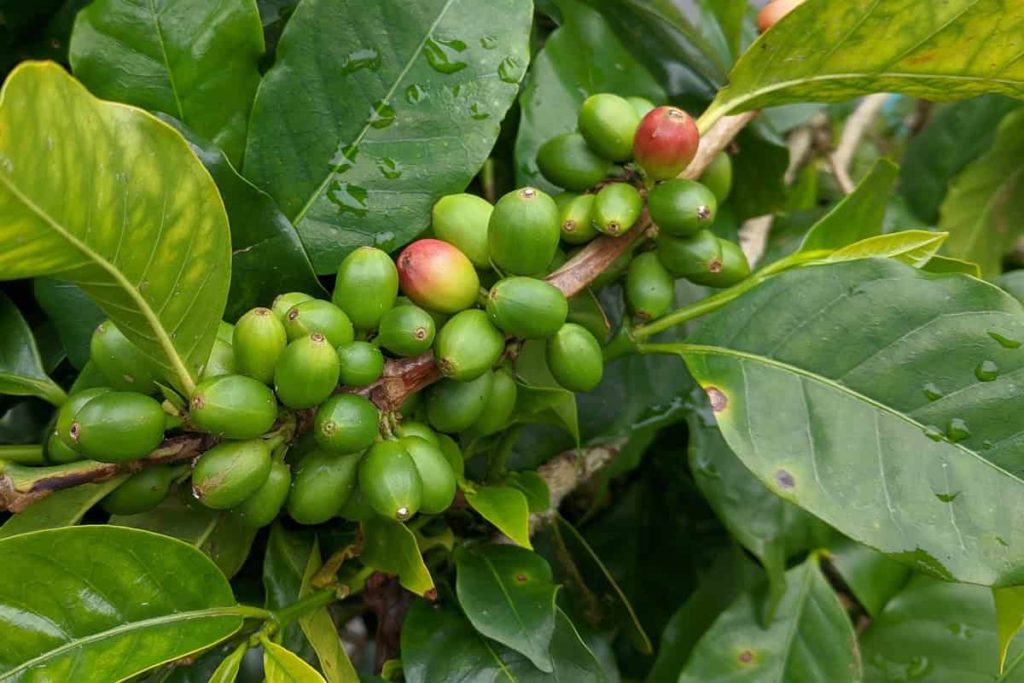
Zinc increases the general yield of the crop, increases the size of beans, reduces the incidence of borer attack, works in protein synthesis, improves cup quality, Coffee color Increases the index, potassium leaching, and concentration of chlorogenic acid. Zinc and boron are the most important microelements and they need to be applied 1-2 months before flowering and should be applied twice a year. January / February and July / August depending on your location for the main crop and early crop or vice versa. They reduce the biennial crop.
Molybdenum
Molybdenum increases nitrogen metabolism.
Best fertilizer for Coffee plants
Liquid fertilizers
Feed with a weak liquid fertilizer every two weeks during the growing season. Cut the fertilizer once a month or in winter.
NPK fertilizer schedule
These are mechanical compound fertilizers that have been screened for homogeneous granules, each with a specific ratio of primary nutrients (NPK) such as 20:10:10 or 17:17:17.
Use of compound fertilizers
- If two or more nutrients are being confined to the soil, it is beneficial to apply compound fertilizers.
- One of the annual N fertilizer applications should be replaced with a compound fertilizer that is sufficient to supply the same amount of nitrogen.
- Apply two drops of nitrogen after a mixture of fertilizers to help maintain maximum pH for maximum production of new bearing wood.
Micronutrient management in Coffee cultivation
Lack of micronutrients, especially at the time of flowering, can greatly reduce your Coffee production and quality. Old Coffee soils are high in phosphorus and copper and low in other micronutrients. Phosphorus and copper can reduce the excretion of other nutrients.
Iron, manganese, copper, zinc, molybdenum, boron, sodium, and chlorine are identified as essential micronutrients for Coffee. Of these elements, the most acidic soils, which are generally slightly acidic, show only zinc deficiency, while others were present in greater quantities.
In case you miss this: Coffee Farming Project Report, Cost, Profits Analysis
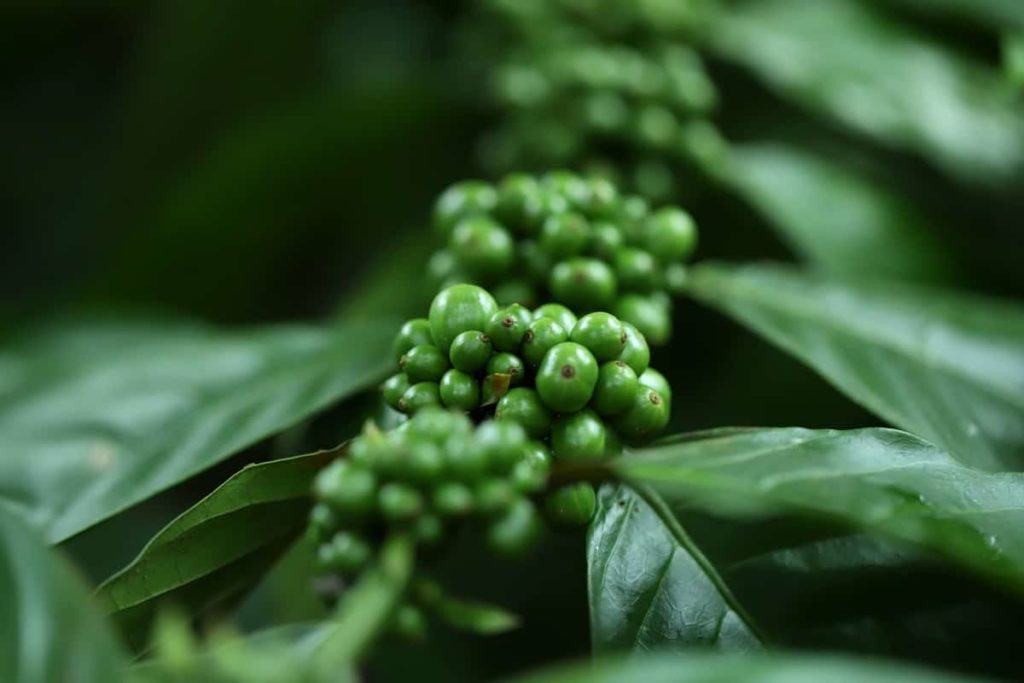
How to use fertilizer for the Coffee crop
Fertilizing the soil will indeed benefit most plants, it is difficult to choose the right type and volume of fertilizer without knowing what is missing in the soil. For example, the Coffee plant will need nitrogen for photosynthesis. Though, if it gets too much, it will need extra phosphorus, calcium, and potassium to compensate, which can lead to abnormally high caffeine levels in the plant. There is no better way to implement corrective measures than to know what you are already dealing with.
Coffee is quite a perennial crop and the tree has a dual function of maturing and fresh wood producing for the succeeding crop. It is estimated that one tonne of clean Coffee yields 34 kg of N, 5 kg of P2O5, and 45 kg of K2O in Arabica. While in the case of Robusta types 35 kg N, 7 kg P2O5, and 39 kg K2O.
The nutrients removed from the crop account for only one-third of the total requirements for building a healthy cutting wood and framework. Large amounts of nutrients are also lost as a result of leaching during heavy rains and as a result of proper and immobilization nutrients in the soil. Such deficiencies can lead to soil degradation and consequent reduction in yield. Therefore, it is important to replace the wasted nutrients with the right amount of fertilizer.
Compost manure fertilizers
Applying heavy organic manures like FYM or compost by 5 tons per hectare once in two years will make better use of fertilizers and improve soil condition. The recommended dose of fertilizers should be divided into three parts (post-blossom, pre-monsoon, after monsoon) using the drip circle method. In sloping areas, fertilizer should be applied at the top of the drip circle. Organic manures and mulches serve as plant nutrients after the decomposition process. The nutrient amount released for Coffee crop depends on;
- Nature and origin of the substance
- Rate of decomposition
- Climatic conditions
Therefore, the material used should depend on the nutritional requirements of the soil to avoid creating nutritional imbalances.
Fertilizer application time and frequency
Fertilizer application time and frequency have a considerable effect on growth and production. Effective and efficient use of fertilizers means timely use when the plants need them most. The peak periods of nutrient demand occur during flowering, fruit set, and crop growth and maturation of the crop.
In case you miss this: Coffee Growing, Cultivation of Coffe – A Full Guide
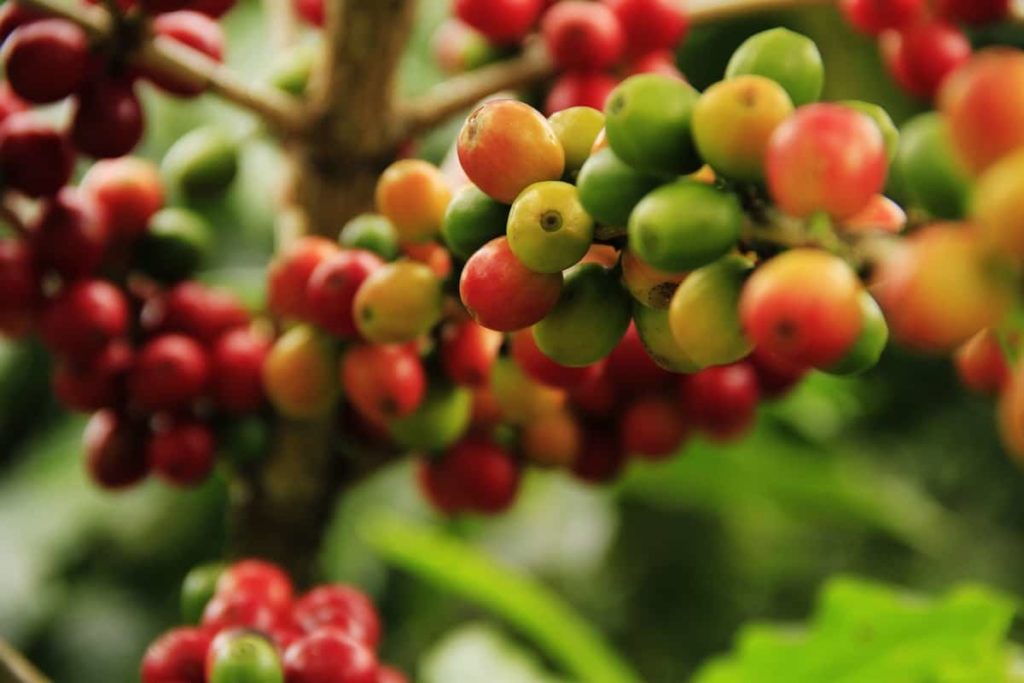
Fertilizer application is therefore in areas affected by southwest monsoon during blossom (February-March), pre-monsoon (May-June), monsoon break (August), and post-monsoon periods (September-October) in areas under South-West monsoon.
Application of fertilizer method
A simple but very effective method of fertilizer application has been proposed for Coffee plantations, which is proposed for Coffee plantations with minor modifications to the existing method of ‘drip circle application’. Sweep the mulch under the Coffee plantations toward the base and, using a stick or forks, lightly loosen the soil a foot away from the stem. Apply fertilizer evenly in a wide circular band on this area, work the soil again and cover it again with mulch. This method is very effective as it prevents vocalization and washing away of nutrients.
Integrated Nutrient Management (INM) in Coffee
on a large scale, strategies that promote optimal plant nutrition to maximize yields within existing ground resources. The goal should be to adopt and develop production systems that are productive, sustainable, and minimal to the environment. Recycling organic resources and field waste alone is not enough to make Coffee cultivation sustainable. On the other hand, due to potential environmental concerns and economic constraints, the nutritional needs of crops often cannot be met by mineral fertilizers.
Therefore, Integrated Nutrient Management (INM) is being promoted along with organic and biological sources of mineral fertilizers. Such integrated applications are not only complementary but also harmonious because organic inputs have beneficial effects beyond their nutrient sources, whether they be soil resources, mineral fertilizers, organic fertilizers, renewable waste, or bio-biological Fertilizers.
In Coffee cultivation, the modern method puts a lot of stress on the nutrients of the soil system. The high fertility status of tropical virgin forest soils is declining due to exploitation. The use of new high-yielding varieties, thinning of the shade to maximize yields, and the absence of farm waste recycling strategies linked to agricultural methods based on chemical fertilizers exacerbate the problem.
In case you miss this: Role of Agriculture in Indian Economy
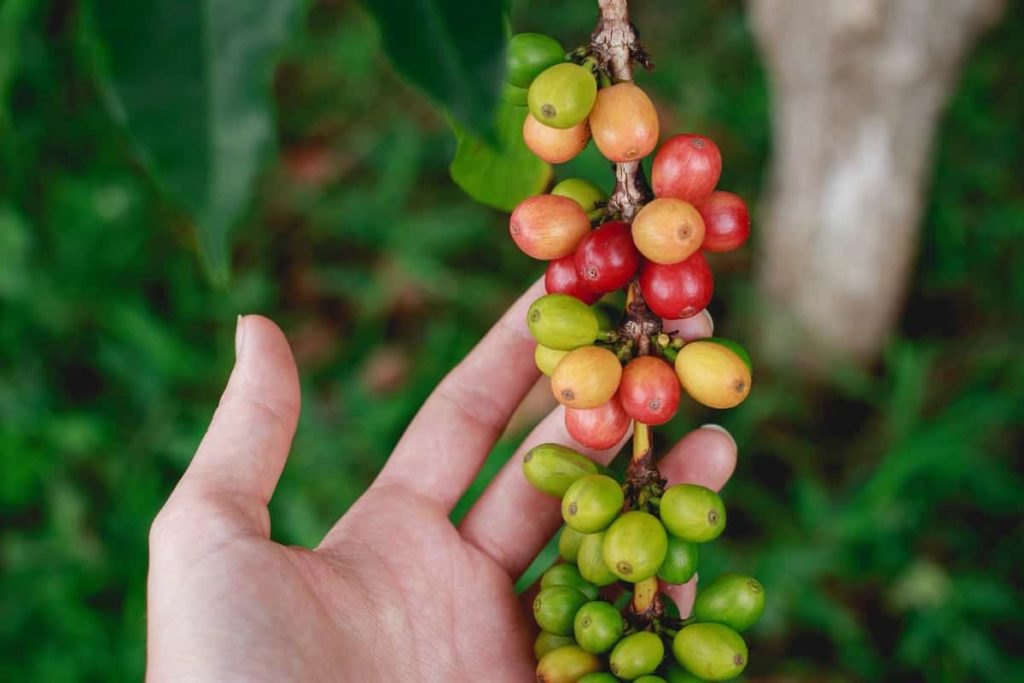
The unavailability of chemical fertilizers, their rising prices, etc., have exacerbated the problem, forcing scientists and farmers to choose INM, which includes a variety of nutritional sources such as chemical fertilizers, organic fertilizers, bio-fertilizers, etc. Greenhouse, nursery, and multi-location field trials are being conducted to study the effects of INM on Coffee yield and quality. The possibility of reducing the number of chemical fertilizers without sacrificing the production and quality of Coffee when substituted with bio-fertilizers organic fertilizers.
- Types of Pesticides Used in Agriculture: A Beginner’s Guide
- Economical Aquaculture: A Guide to Low-Budget Fish Farming
- 15 Common Planting Errors That Can Doom Your Fruit Trees
- How to Make Houseplants Bushy: Effective Tips and Ideas
- Innovative Strategies for Boosting Coconut Pollination and Yield
- Pollination Strategies for Maximum Pumpkin Yield
- The Complete Guide to Chicken Fattening: Strategies for Maximum Growth
- Natural Solutions for Tulip Problems: 100% Effective Remedies for Leaf and Bulb-Related Issues
- Revolutionizing Citrus Preservation: Towards a Healthier, Greener Future
- Natural Solutions for Peony Leaf and Flower Problems: 100% Effective Remedies
- Maximizing Profits with Avocado Contract Farming in India: A Comprehensive Guide
- Natural Solutions for Hydrangea Problems: 100% Effective Remedies for Leaf and Flowers
- The Ultimate Guide to Choosing the Perfect Foliage Friend: Bringing Life Indoors
- From Sunlight to Sustainability: 15 Ways to Use Solar Technology in Agriculture
- The Ultimate Guide to Dong Tao Chicken: Exploring from History to Raising
- The Eco-Friendly Makeover: How to Convert Your Unused Swimming Pool into a Fish Pond
- Mastering the Art of Delaware Chicken Farming: Essentials for Healthy Backyard Flocks
- 20 Best Homemade Fertilizers for Money Plant: DIY Recipes and Application Methods
- How to Craft a Comprehensive Free-Range Chicken Farming Business Plan
- Brighten Your Flock: Raising Easter Egger Chickens for Beauty and Bounty
- How to Optimize Your Poultry Egg Farm Business Plan with These Strategies
- Subsidy for Spirulina Cultivation: How Indian Government Schemes Encouraging Spirulina Farmers
- Ultimate Guide to Raising Dominique Chickens: Breeding, Feeding, Egg-Production, and Care
- Mastering the Art of Raising Jersey Giant Chickens: Care, Feeding, and More
- Ultimate Guide to Raising Legbar Chickens: Breeding, Farming Practices, Diet, Egg-Production
- How to Raise Welsummer Chickens: A Comprehensive Guide for Beginners
- How to Protect Indoor Plants in Winter: A Comprehensive Guide
- Ultimate Guide to Grow Bag Gardening: Tips, Tricks, and Planting Ideas for Urban Gardeners
- Guide to Lotus Cultivation: How to Propagate, Plant, Grow, Care, Cost, and Profit
- Agriculture Drone Subsidy Scheme: Government Kisan Subsidy, License, and How to Apply Online
- Ultimate Guide to Raising Araucana Chickens: Breed Profile, Farming Economics, Diet, and Care
- Bringing Hydroponics to Classroom: Importance, Benefits of Learning for School Students
- Ultimate Guide to Raising Polish Chickens: Breed Profile, Farming Economics, Diet, and Care
- Ultimate Guide to Raising Australorp Chickens: Profile, Farming Economics, Egg Production, Diet, and Care
- Silkie Chicken Farming: Raising Practices, Varieties, Egg Production, Diet, and Care
- Sussex Chicken Farming: Raising Practices, Varieties, Egg Production, Diet and Care
I need best foliar spray
Good lecture iappreciate
I Found The Article Very Informative.